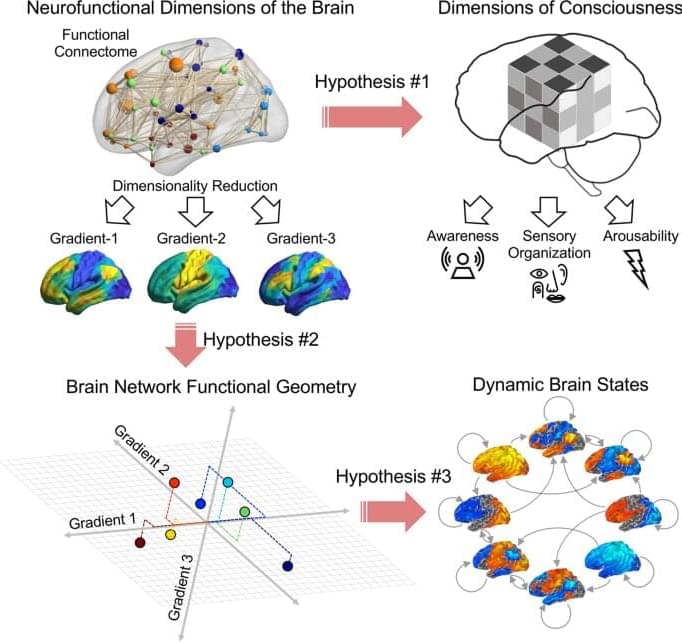We’re launching proxy server support for WhatsApp users all over the world, says the tech giant.
WhatsApp users can now connect using proxy servers to stay online even if the internet is blocked or otherwise interfered with by clampdowns, the Meta has revealed.
We’re launching proxy support for WhatsApp users all over the world.
Getty Images.
WhatsApp, the social networking platform with two billion users worldwide, announced its new year’s present on Thursday for users who continue to be denied the ability to reach their loved ones because of internet shutdowns.




